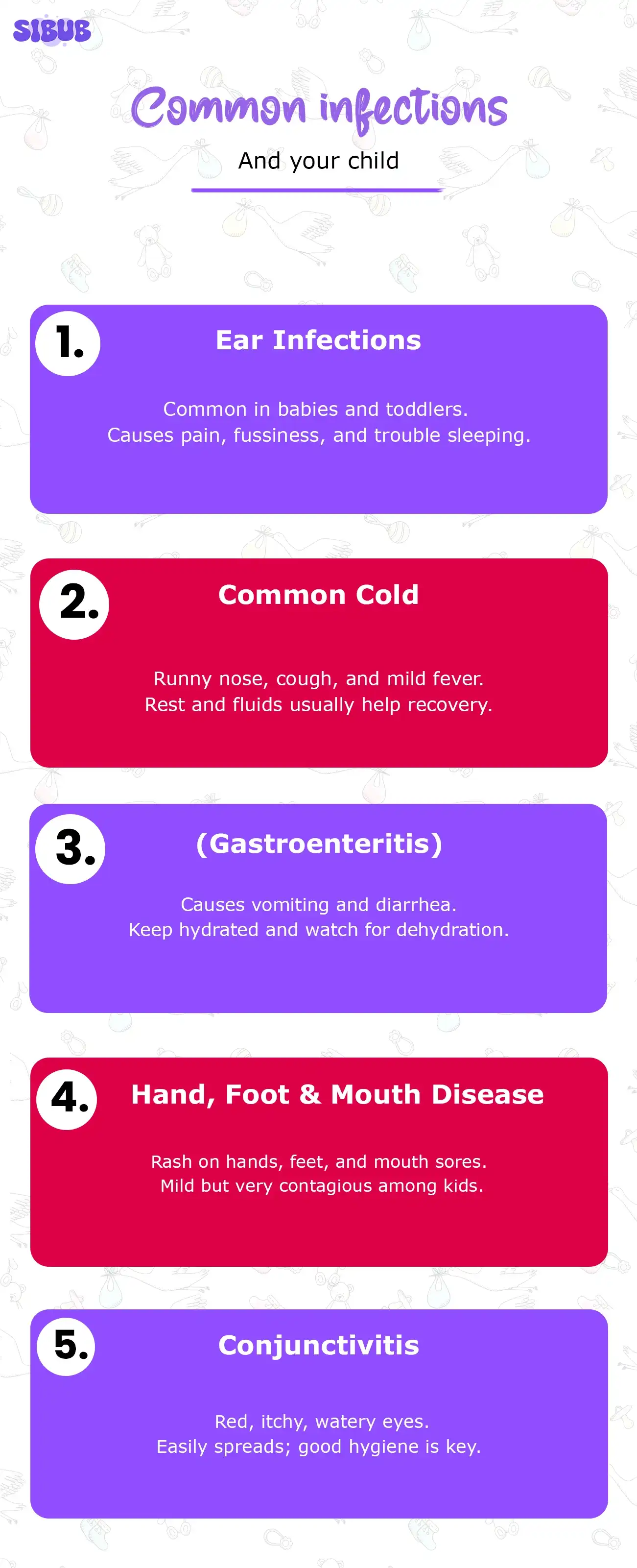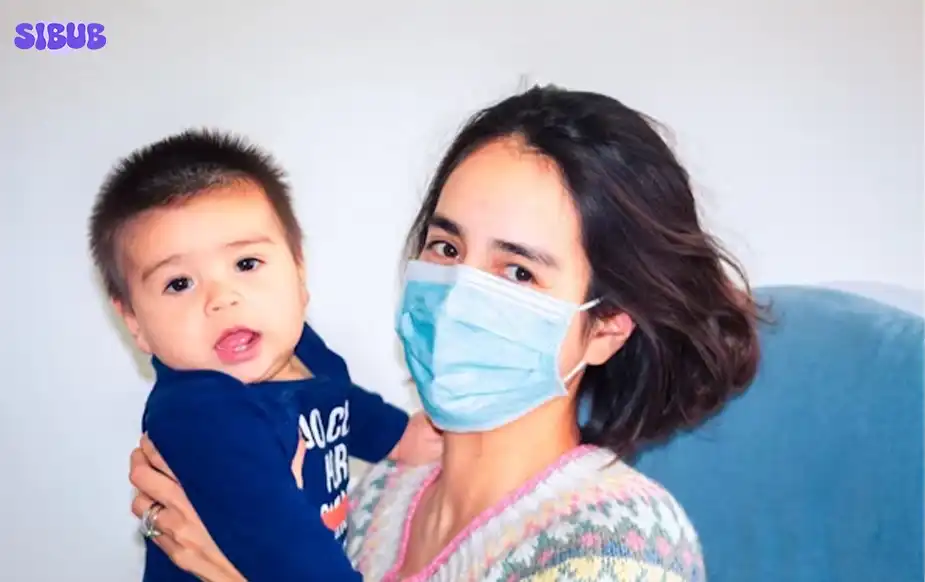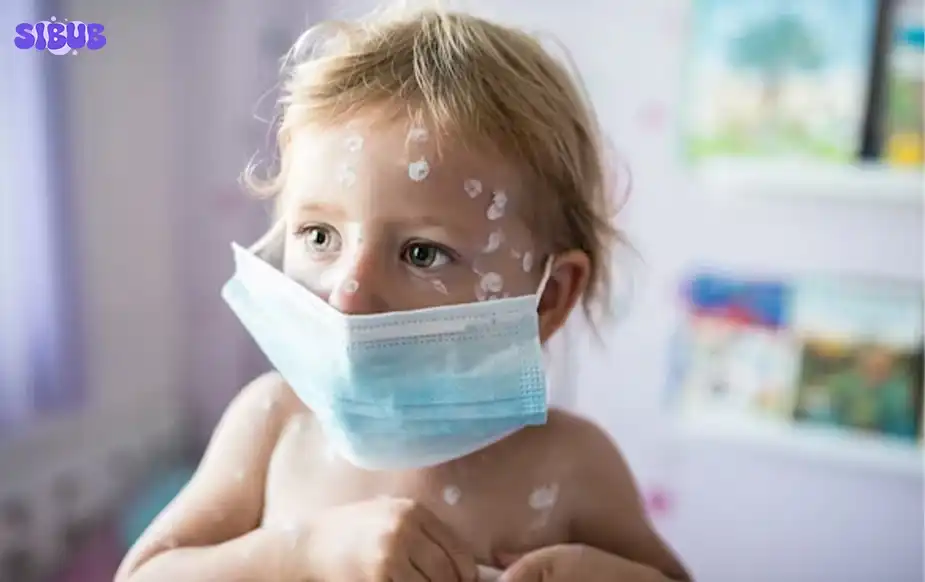As a parent, few things are more worrying than watching your child slow down, eat less, and seem off, especially when there’s no fever to explain it. You might be searching for a solution for your child who is lethargic, has no fever, no appetite, and finds a mix of possible explanations, from minor infections to something more serious.
Let’s break it all down in simple terms. Children often get sick. Their immune systems are still developing, and they are also exposed to new viruses and bacteria constantly, especially if they go to any daycare or school. Some illnesses are obvious, with high fevers or rashes. Others are quieter, with fewer signs, but can still make your child feel miserable.
This guide will walk you through multiple aspects i.e, common childhood infections, what symptoms to look for (including when a toddler is lethargic with no fever, and how you can care for your child at home, or when to call a doctor.
Why Is My Child Lethargic With No Fever and No Appetite?
It’s not unusual for a child to be tired or eat less when they’re sick. But when you notice your child is lethargic, has no fever, and no appetite, it can be confusing. No fever usually signals a mild issue, but loss of appetite and fatigue in a toddler could be early signs of infection or the body’s way of fighting something off.
You may notice your 4 year old is lethargic, no fever, no appetite, or even a 5 year old with similar symptoms. Often, these signs appear before a fever starts or after it goes away. Some children just feel wiped out from the effort of healing, even after mild colds.
Visit: Natural ADHD Supplements for Kids: Non-Prescription Options
Common Reasons Kids Seem Lethargic Without a Fever
Here are some possibilities when a toddler is lethargic with no fever and appettoddler fever no other symptomsite:

1. Post Viral Fatigue
Children’s energy levels can dip after they’ve had a cold or flu. Even once the fever, cough, or runny nose is gone, they may still feel weak or uninterested in food.
2. Mild Viral Infections
Some children’s viruses don’t cause high fevers but still affect energy and appetite. Common colds, roseola, and even hand-foot-and-mouth disease can make a child sleepy and cranky.
3. Stomach Viruses
Even without vomiting, a child may be fighting a gastrointestinal infection. Diarrhea, cough, and runny nose in a toddler can signal a virus that’s hitting multiple systems.
Discover: 9 Month Old Food Ideas – One-Day Meal Plan for 8–12 Month Babies
4. Throat Pain Without Fever
A child complaining of throat pain but no fever might have a mild viral sore throat. It can make swallowing difficult, so they eat less, which causes low energy.
5. Ear Infections
Many children with ear infections don’t spike fevers but still feel awful. Look for tugging at the ears, crankiness, or fluid coming from the ear. This is according to the Canadian Paediatric Society.
Signs of Infection in Infants and Toddlers
When infants get sick, the signs can be subtle. You won’t always see a high temperature. Pay attention to:

- Refusing feed or eat less
- Less active or unusually sleepy
- No tears when crying
- Dry mouth or fewer wet diapers (a sign of dehydration)
- Stiff neck or unusual jerky movements
These are red flags for signs of infection in infants. If you notice any of these, call your doctor.
Most Common Children’s Infections to Watch For
Here’s a look at common illnesses in young children and the signs they bring:
1. The Common Cold
- Runny nose, sneezing
- Mild fever, coughing
- Low energy, loss of appetite
- Often causes fatigue in toddlers, even after symptoms fade
2. Bronchiolitis
- Mostly in babies under 1
- Coughing, wheezing, breathing trouble
- Needs monitoring if drinking less or showing labored breathing
Explore: Children Reading: How Storytime Boosts Brain & Bonding
3. Croup
- Hoarse voice, barking cough
- Can cause noisy breathing
- Often worse at night
Croup is scary for parents, but many cases improve with cool outdoor air. If not, seek care.
4. Influenza (Flu)
- Sudden fever, chills, muscle aches
- Can cause fever, loss of appetite, and fatigue in toddlers
- Annual flu vaccines reduce risk
If your child has a fever for 5 days with a cough, talk to your doctor. This could point to the flu or a secondary infection like pneumonia.
Reference: World Health Organization. (2021). Influenza in children. WHO Fact Sheet.
Rash-Related Infections
Some infections show up on the skin before other symptoms:
5. Fifth Disease (Parvovirus B19)
- Starts with cold symptoms
- Followed by red cheeks and a body rash
- Once rash appears, the child is usually no longer contagious
6. Chickenpox
- Blister-like rash spreads across the body
- Itchy and can come with fever and tiredness
- Keep the child home until all spots are crusted
7. Roseola
- Common in babies under 2
- High fever followed by rash as the fever drops
- A child may be cranky and low-energy during a fever

Learn More: 120 Gratitude Affirmations for a Thankful Life
Skin & Eye Infections
8. Impetigo (School Sores)
- Red spots that blister and crust
- Needs antibiotic treatment
- Highly contagious, keep the child home until treated
9. Pinkeye (Conjunctivitis)
- Red, itchy, watery, or pus-filled eyes
- Very contagious
- Can cause a child to be fussy, tired, and refuse food
Stomach Infections
10. Gastroenteritis (Stomach Flu)
- Vomiting, diarrhea, and stomach pain
- Often includes fever and appetite loss
- Give small sips of fluids and oral rehydration solutions
Watch for signs of dehydration, especially in toddlers or babies.
Serious Infections That Need Fast Action
Sometimes symptoms aren’t mild. Here’s when you must call your doctor:
- Fever in a baby under 6 months
- Fever lasting more than 72 hours
- Cough with vomiting or choking
- Extreme lethargy or confusion
- Stiff neck, purple rash, or sudden headache
- Bloody or black stools
- Vomiting longer than 4–6 hours
These may point to serious illnesses like meningitis, measles, or pneumonia.
Tips to Protect Your Child from Infections
Prevention starts with good habits. Here’s what you can do:
- Wash hands regularly, yours and your child’s
- Teach your child to cover coughs and sneezes
- Clean shared toys, doorknobs, and surfaces often
- Keep your child home when they are unwell
- Vaccinate against illnesses like measles, flu, chickenpox, and mumps
- Avoid sharing towels, utensils, or cups
Check this out: Boosting Spatial Intelligence in Kids: A Complete Guide
What to Do When Your Child Is Sick
When your child isn’t feeling well, your first instinct is to help. Here’s how:
- Offer fluids (water, milk, or clear broths)
- Let your child rest as much as needed
- Use acetaminophen or ibuprofen only when necessary
- Avoid cold and cough medicines under age 6
- Watch closely for changes in energy, breathing, or eating
Never give multiple medications containing acetaminophen at once. It’s easy to overdose if you aren’t careful. Always read the label or talk to your doctor.
Final Thoughts: Trust Your Gut
You know your child best. If something feels off, especially when your child is lethargic with no fever and no appetite, don’t hesitate to call your pediatrician. Sometimes these symptoms pass in a day or two. Other times, they’re the body’s first signal of something deeper.
Mild viral infections are part of growing up. But if your toddler is lethargic, has a fever, and no appetite for days, or your 5 year old is lethargic with no fever and no apetite, it’s worth checking in with a healthcare provider.
Keeping your child healthy is a journey. Awareness is the first step.
